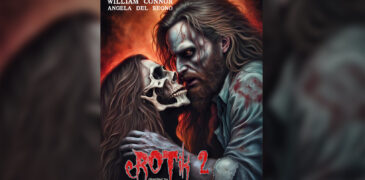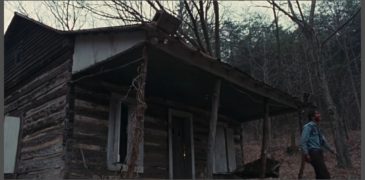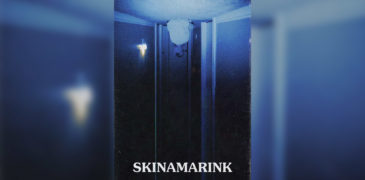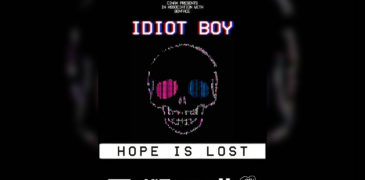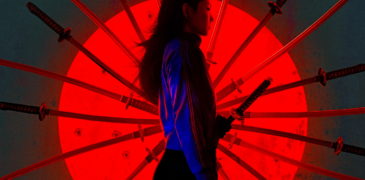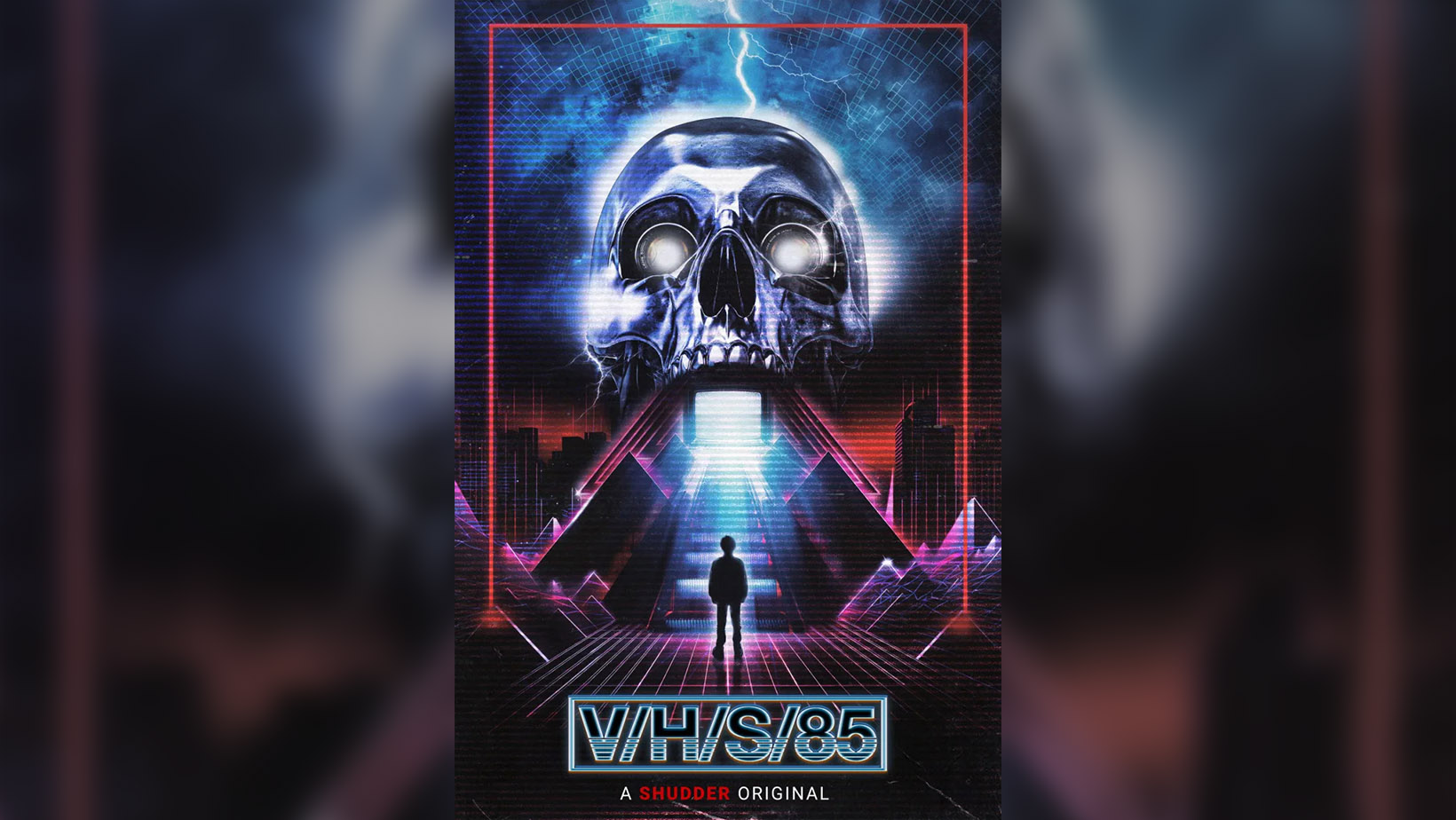
If you are a lifelong fan of horror, then you know full well that endless sequels and remakes are just a part of the game when it comes to film. Scream, Nightmare on Elm Street, and even the high-tier classic Hitchcock flick Psycho have all had their legacies built (or eroded) by the push toward becoming a franchise. If you look at the B-movie shlock masters like Roger Corman, and Charles Band at Full Moon Pictures, they too have fallen prey to this peculiar phenomenon. And it’s not like horror is alone in making multi-film projects out of legacy films; you can just look at Indiana Jones and Star Wars and you can see my point. But it is a most peculiar phenomenon within horror, and it’s one that this reviewer has begun to suffer from a form of jet lag.
I guess it’s the fact that horror depends so much on shock and awe, the suspense of major reveals held out until the last possible second, that makes the classic films so brilliant. When you come across a movie that changes up the landscape, it will stick with you for years to come. People still talk about The Blair Witch Project and the first Paranormal Activity; those films took the found footage subgenre and spun them around on their heads in the most original of ways. Of course, they too fell victim to the franchise model, and later installments to the series weren’t nearly as good. Somewhere along the line, the magic had been lost.
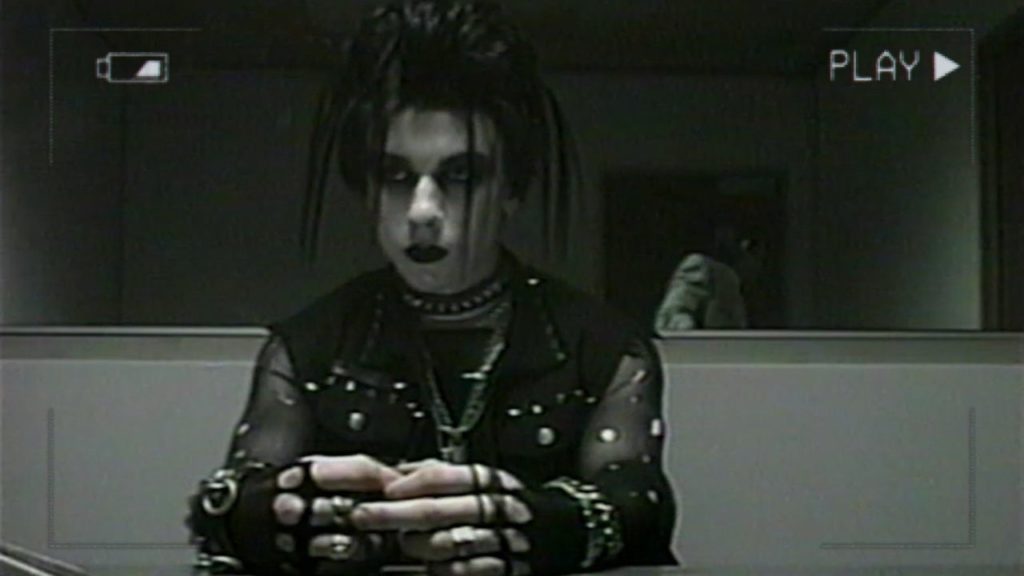
The first anthology film in the V/H/S franchise came out in 2012 and was backed by the multi-media company Bloody Disgusting. The idea was to create an anthology film, bringing together a group of filmmakers to create found-footage shorts that would stand alone but also be part of a shared universe. That film spawned five straight sequels, two spin-off films based on shorts from earlier installments, and a miniseries that ran on Snapchat. From the initial concept and first film, the franchise proved fairly popular, if not as critically acclaimed as the series progressed (each subsequent film would dip further down in ratings).
Which of course brings me to V/H/S/85. Consisting of the shorts Total Copy, directed by David Bruckner; No Wake, and Ambrosia, written and directed by Mike P. Nelson; TCKNOGD, written and directed by Gigi Saul Guerrero; and Dreamkill, by Scott Derrickson.
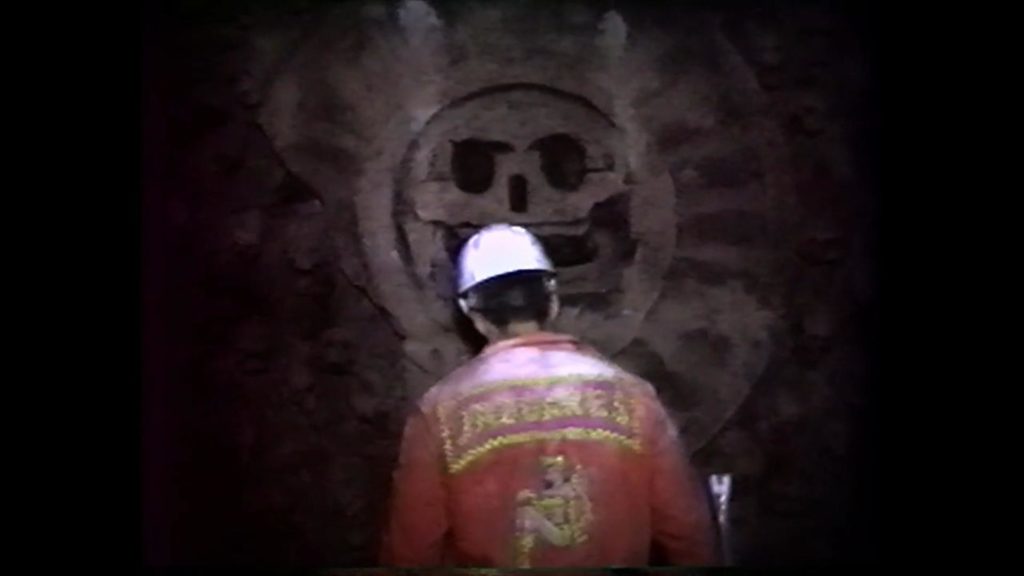
Other than No Wake and Ambrosia, each of these stories is standalone. The framing story gives more of a mood-setting rather than a thread through which the stories are stitched together; quite honestly I didn’t much get or care for the Total Copy storyline. And as for the individual stories, well…I couldn’t help but find them to be hit or miss.
Now before I go on, let me just iterate that I’m not trying to go down hard on this franchise, nor am I bashing what its creators are trying to do. Anthology films and television series are a staple in this genre–The Twilight Zone, Tales from the Crypt, and Creepshow, along with scores of other commercial properties, have made horror and speculative film all the better for their creativity and storytelling. Upon jumping into the new series, V/H/S/85 does have merit as a new chapter in the history of the subgenre. But its use of found footage unnerved me from the outset, and as we get to the latest, V/H/S/85, I just lose steam very quickly.

For one thing, the stories are all obviously artificially made. Yes, this is a movie, and it’s not real–it’s a work of fiction, which by definition means it’s artificial. But the point of found footage is that it’s supposed to look authentic. That’s not what we get with this film. Every story that we see feels done up, premade, like a film student’s master’s thesis project. No Wake and TKNOGD are clear examples of what I am talking about; No Wake even features a group of college-aged men and women going to a lake, which would fit perfectly if these were film students. TKNOGD uses the then-new technology of virtual reality to make a statement about God and art, but the bare stage feels too small, and the audience looks like random folks pulled from the street for extras. Both short films are hard to watch, and I don’t mean hard to watch in the sense that the subject matter was difficult. I mean that visually speaking, these shorts made it so I could hardly make out what was happening, even after multiple repeat viewings. The visual language shouldn’t necessarily make it overly simple to understand, but that doesn’t mean it should be obscure like 15th-century antiques. Draw the audience in, and if you want to make a puzzle out of your film then make it so they can piece it together and have fun with it.
The second story, God of Death, was probably the worst offender. Set during the 1985 Mexico City earthquake and taking place inside a Mexican newsroom, the whole film set just felt like a poorly designed soap opera, and the acting was hammed up like a bad improv comedy set. I couldn’t suspend my disbelief for long enough to get into this movie.
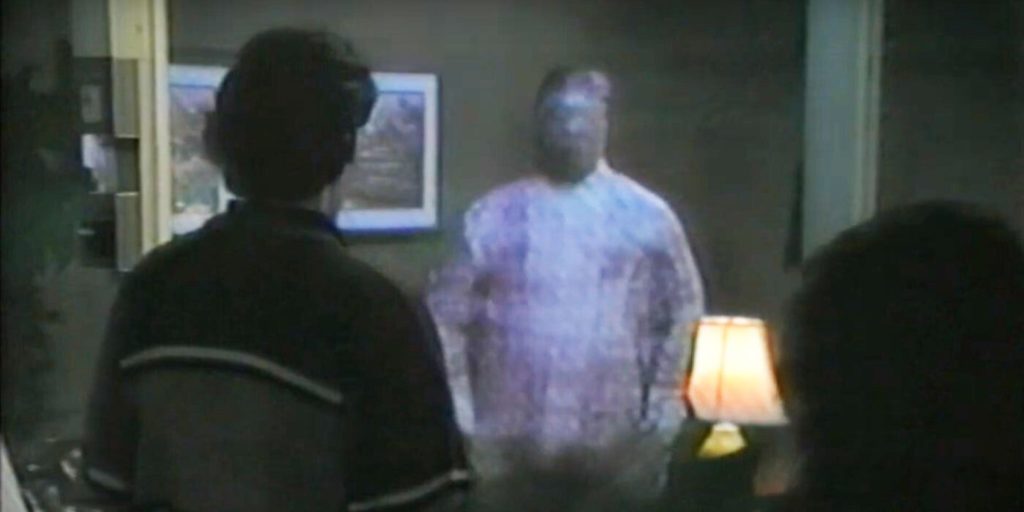
But even with my initial complaints with the God of Death and TKNOGD shorts were on a technical level (and I say this as much from personal taste as from anything else), I will note that they were perhaps the most promising. The basic concept for those stories was interesting, and I wish that they were their own standalone films, with a full runtime. God of Death, for example, features the kind of folk/non-Christian god figure that I love in horror fiction and film; when the god Mictlāntēcutli made his appearance I grew excited. Even with the lackluster special effects, there was something to the Mexican god figure that made me want much, much more. When I didn’t get it I was frustrated. As for TKNOGD, well, I love deep philosophical conversations about God and the use of the ever-evolving technology we use in our day-to-day lives. If given a longer run time, that story would have felt so contrived and patronizing.
Long story short, I would love for the filmmakers behind God of Death and TKNOGD to expand upon them, with a higher budget and better access to special and practical effects. Maybe with more to work with, they can create something that fulfills the promise I saw behind their original efforts.
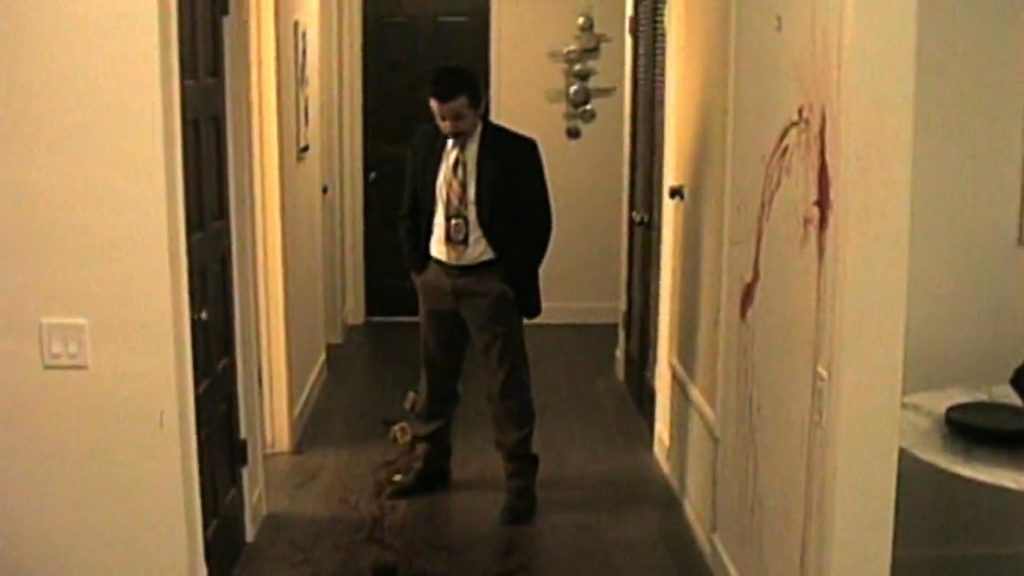
And that’s the heart of what frustrates me about this film. There are these ideas that are really ideas for larger features, and yet they get packed in this one film, to a point where they step on top of each other and have no breathing room. I felt claustrophobic, lacking for air, and no real suspense or dread was filling my head from seeing these images. I went in wanting something, and I came out of it to find my wants going untouched.
Will I watch another V/H/S film? Probably. For now, I need a break from the whole found footage anthology market. It fits too snuggly around the middle for me; I need the breathing room.
V/H/S/85 (2023) is available to purchase on Blu-ray, DVD, and digital on 4 March 2024, courtesy of Acorn Media International.
More Film Reviews
eROTik 2: The Beyond (2024) Film Review – A Moist Sphacelus of Blood, Puss, and Maggots
eROTik 2: The Beyond is a 2024 extreme horror film directed by Felice Santulli (better known as Slade Wilson), with Marylu’ Lallo working as assistant director. The film is a…
Evil Dead 2 is a Sequel to Evil Dead 1 (DUH) – The Character Development of Ash Williams
Famously, Game of Thrones switched actors between seasons due to reasons behind the scenes, and the replacement was clearly so from a radically different appearance, but the viewers suspended their…
Skinamarink (2022) Film Review – What exactly is a “Horror film”?
“I came out early, I couldn’t take it”“I hated it”“I loved it and won’t have a word said against it!”– Quotes overheard in the foyer, after having seen Skinamarink. Written…
Midnight (2021) Film Review – A Master Class in Building Tension
South Korean cinema has carved out an incredible niche releasing thrillers tinged with a deliciously dark tone. From brutal revenge-fueled classics like Old Boy to soul-destroying crime thrillers often focused…
Idiot Boy (2023) Film Review – A Town Called Malice
Idiot Boy is a 2023 shot-on-video faux documentary written and directed by Luke De Brún, with additional writing from Dan Doyle. Beginning filming in September 2018, the film was created…
Yakuza Princess (2021) Film Review – Classic Yakuza Action with a Fresh Perspective
There is probably no better place to start discussing Yakuza Princess than with its setting of Sao Paulo, Brazil. As the film quickly points out in its introduction, Sao Paulo…
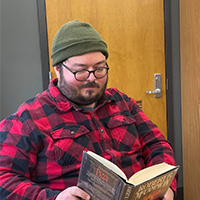
James Moore is a poet and writer born and raised outside of Chesterfield, Virginia. He studied Literature and Creative Writing at Regent University, and currently lives with his wife, two dogs, three cats and a turtle in Chase City, Virginia. He loves to read classic horror novels and watch reruns of “Psych”.

